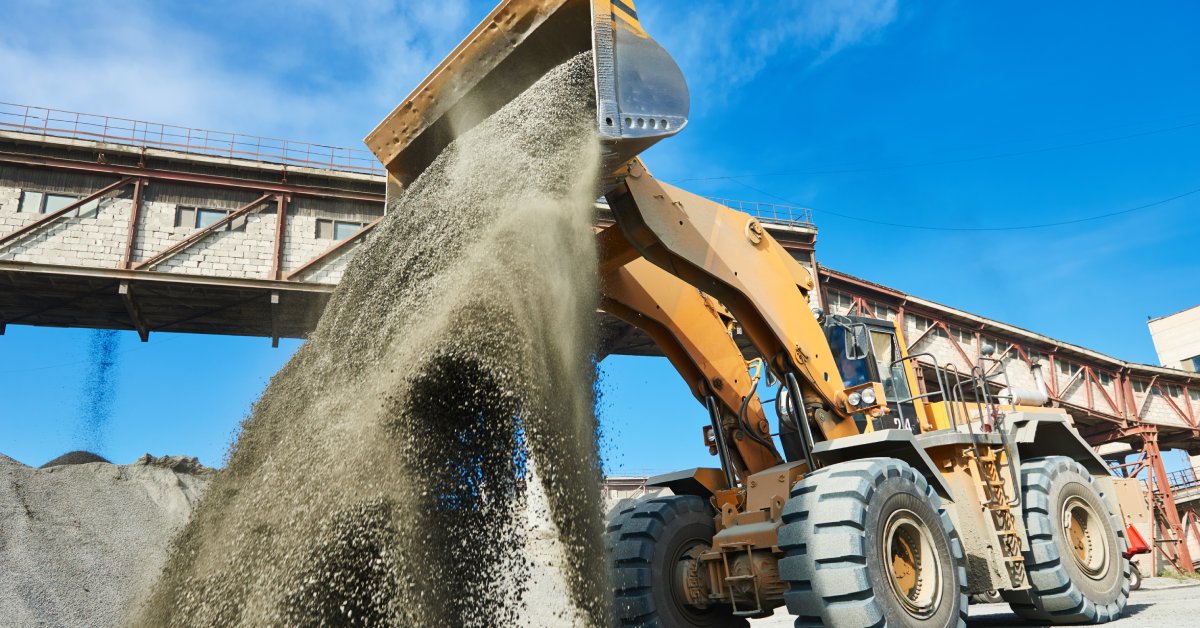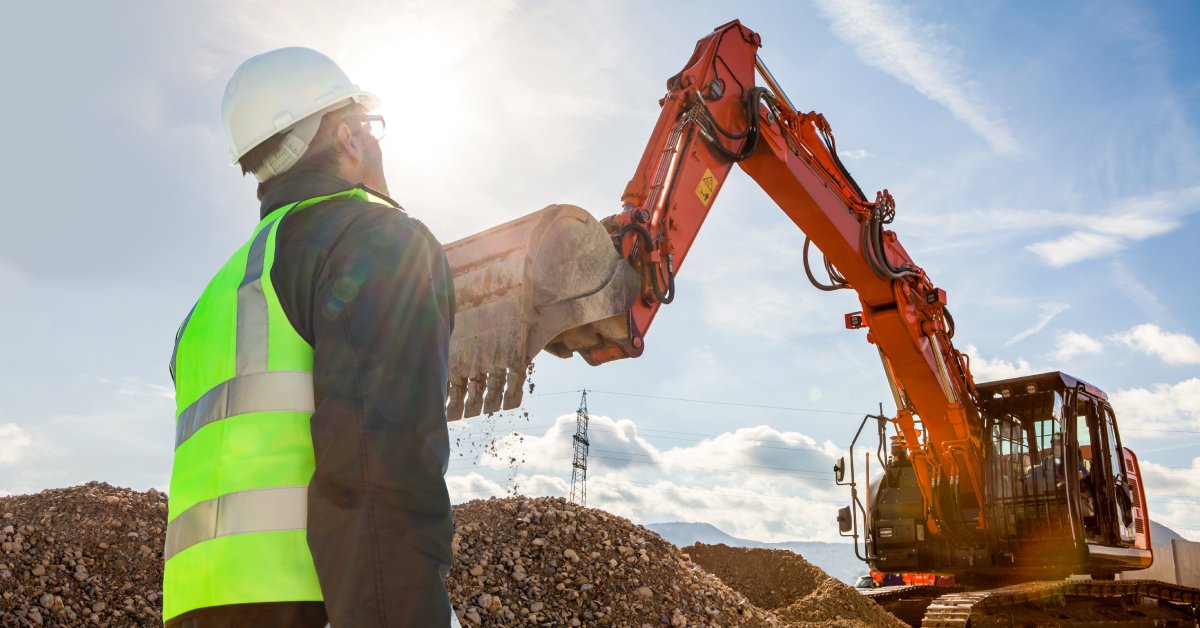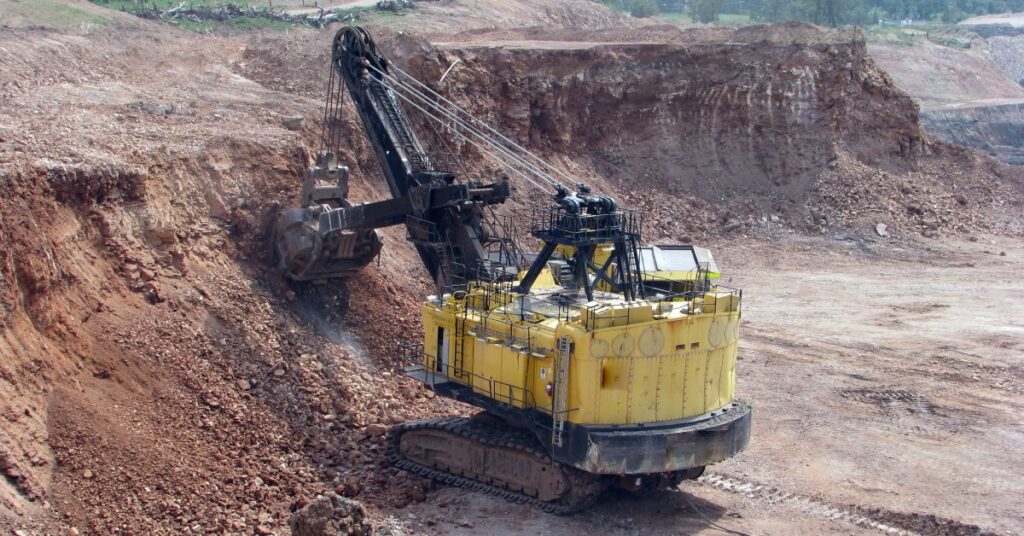When your off-highway vehicle transmission system starts having issues, it’s important to address these concerns before they escalate. Any further damage to the system could create downtime during operation or put your team’s safety at risk. To properly replace the transmission system, find out the pros and cons of buying new versus rebuilt transmissions to pick the component best suited for your business needs.
Cost Comparison
The cost of both new and rebuilt transmissions goes beyond the initial expense for their components and their installation. You also need to factor in the cost of ongoing maintenance, lifecycle savings, and downtime for your equipment. Set a budget for your repairs to determine which type of system would best meet your needs.
Cost of New Transmissions
New transmissions often come at a higher price due to their untouched factory conditions, enhanced warranties, and the latest technology incorporated by OEMs (original equipment manufacturers). Although the initial price may seem steep, investing in a new transmission guarantees that your vehicle receives a component designed with your specific equipment model in mind.
Incompatible components can create severe damage to the system, so investing in a high-quality part lowers maintenance costs. Reduced repair needs and extended operational lifespans make new transmissions a valuable long-term investment, especially for high-performance or heavily utilized fleets.
Cost of Rebuilt Transmissions
While rebuilt transmissions are generally cheaper upfront, evaluate their long-term operating costs. Rebuilt models replace worn-down components with newer parts that meet or exceed OEM standards. This potentially lowers future repair costs without breaking the bank initially.
However, working with a subpar rebuilder could result in repeated breakdowns and higher cumulative expenses. Although not as costly to purchase, rebuilt transmissions may require more maintenance over time, particularly if the rebuilder does not fully address the original structural weaknesses before your purchase.
Be mindful and choose a trusted company such as Bull Powertrain when investing in a rebuilt transmission. This will ensure the results are similar to those of a brand-new transmission at a reasonable cost.
Performance and Reliability

A transmission with high performance and reliability will improve your workload and reduce the risk of operator error, so choose a component that benefits your vehicle. Off-highway vehicles endure harsh conditions as they consistently move heavy loads. Your choice of transmission directly affects how well your machinery withstands these demands.
What New Transmissions Offer in Performance
New transmissions deliver top-tier performance directly after installation. Designed to handle specific torque capacities and stress levels, new models integrate well with your equipment. Access to the latest technology means you benefit from superior lubrication systems and heat resistance, which will reduce premature wear and improve reliability in demanding work environments.
If there are any problems with the component, extensive warranties provided by manufacturers will protect your investment from costly expenses. Warranties offer peace of mind and often cover the costs of any manufacturing defects or malfunctions within the warranty period. This reduces the risk of operational downtime due to faulty components.
The Reliability of Rebuilt Transmissions
For high-pressure applications or harsh terrains, the performance consistency of rebuilt transmissions may fall short compared to new units if the original design limitations remain capped after reassembly. Rebuilt transmissions depend heavily on the quality of the rebuilding process. By replacing worn components such as gears, seals, and bearings, skilled rebuilders can restore transmission functionality to near-new levels.
Rebuilt models can provide you with good performance when budgets are tight. Assess the rebuilder’s reputation, equipment expertise, and use of OEM-approved replacement parts.
Safety Factors
When weighing the pros and cons of buying new versus rebuilt transmissions, keep in mind the safety features each system displays. Each choice impacts equipment handling and operator protection.
Safety Advantages of New Transmissions
New transmissions align with the latest regulatory standards and safety specifications. Each unit undergoes rigorous testing so that you receive a design that meets modern safety requirements. Every gear ratio, synchronization setting, and pressure limit complements your vehicle’s operational parameters.
New transmissions also minimize on-site hazards associated with overheating or mechanical failures to provide a safe working environment for operators and other personnel. For industries where accidents can cause severe consequences, including mining or construction, this added assurance is worth the cost.
Safety of Rebuilt Models
Rebuilt transmissions can meet safety expectations if rebuilders recondition the component using strict standards. Skilled rebuilders often reinforce high-stress components so that the gearbox won’t give way mid-operation. However, for older models, technology limitations lose out on the advanced safety features built into newer designs.
Rebuilt transmissions with unknown material sourcing or incomplete refurbishments can present hidden risks. Before finalizing your decision, choose a rebuilder who adheres rigidly to OEM guidelines for replacement parts and rebuilding practices, such as Bull Powertrain.
Compatibility

Compatibility determines the success of your transmission integration. Choosing a transmission not tailored to your specific machine can lead to inefficiencies and potential breakdowns. If you’re unsure which parts work best for your system, work with a professional to customize your selection.
How New Transmissions Offer a Custom Fit
New transmissions will precisely match your equipment’s specifications in many cases. This optimizes functionality from the start, with no need for adjustments to force compatibility. OEM products also account for design improvements based on historical data, so each new model upgrades the performance of your vehicles.
When looking for new transmissions, ones with OEM certifications are trusted indicators of compatibility. They eliminate uncertainty and allow operators to focus entirely on their work rather than performance hiccups caused by mismatched components.
Challenges and Solutions for Rebuilt Models
Rebuilt units often undergo minor adjustments to meet compatibility requirements. While skilled technicians can modify transmissions to suit your vehicle’s demands, these modifications might not fully replicate OEM quality. Confirming the rebuilder’s ability to customize units for intricate systems guarantees fewer compatibility-driven issues.
Deciding between new and rebuilt transmissions ultimately depends on your budget, operational demands, and long-term goals. Rebuilt transmissions offer a cost-effective alternative when handled by skilled professionals. Carefully weigh the trade-offs to select the option that aligns with your equipment’s requirements and your business priorities.
To get a custom driveline that safely controls your system’s transmission, browse our products at Bull Powertrain. Our high-quality components are compatible with most off-highway equipment and will keep your vehicles operational and secure. Learn more about the features our products deliver by contacting our team today.

